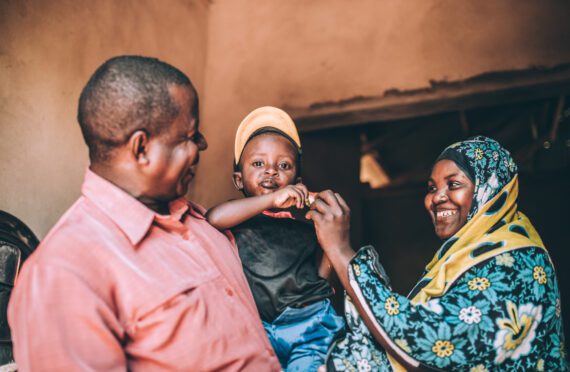Washington, D.C. –Alabama houses some of the hungriest and poorest number of Americans, according to a Bread for the World analysis of the latest U.S. Census data. Over 49 million Americans were at risk of hunger and 45 million Americans lived in poverty last year.
American Community Survey data shows that 16.7 percent of Alabama households were at risk of hunger last year.
“With families on average still earning $4,500 less than before the recession, the road to recovery and freedom from food insecurity will continue to be an arduous one,” said Rev. David Beckmann, president of Bread for the World.
In Alabama, 18 percent of residents lived in poverty. According to Bread’s analysis, the state also had one of the highest participation rates in the Supplemental Nutrition Assistance Program (SNAP, formerly food stamps). Congress had proposed cutting funding for SNAP 13 times last year despite the program helping move 3.7 million Americans out of poverty.
Children continued to be a segment of the population that was most vulnerable to hunger and poverty. Last year the state saw more than 1 in 4 children living in poverty, which included 91,494 children under the age of 6.
“Federal safety-net programs prevent children from going to bed hungry and allow their parents to continue to look for work. We need to vote for leaders who are committed to ending hunger and poverty and hold them accountable once in office,” concluded Beckmann.



